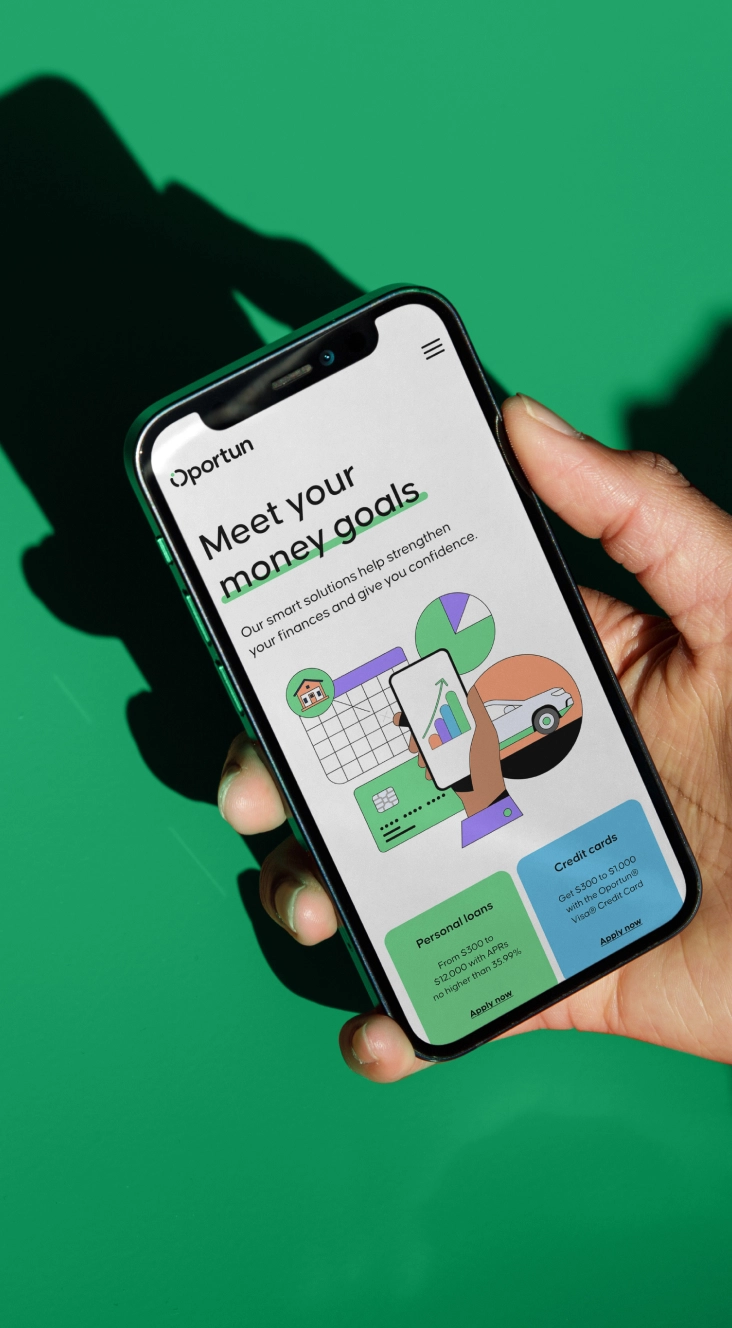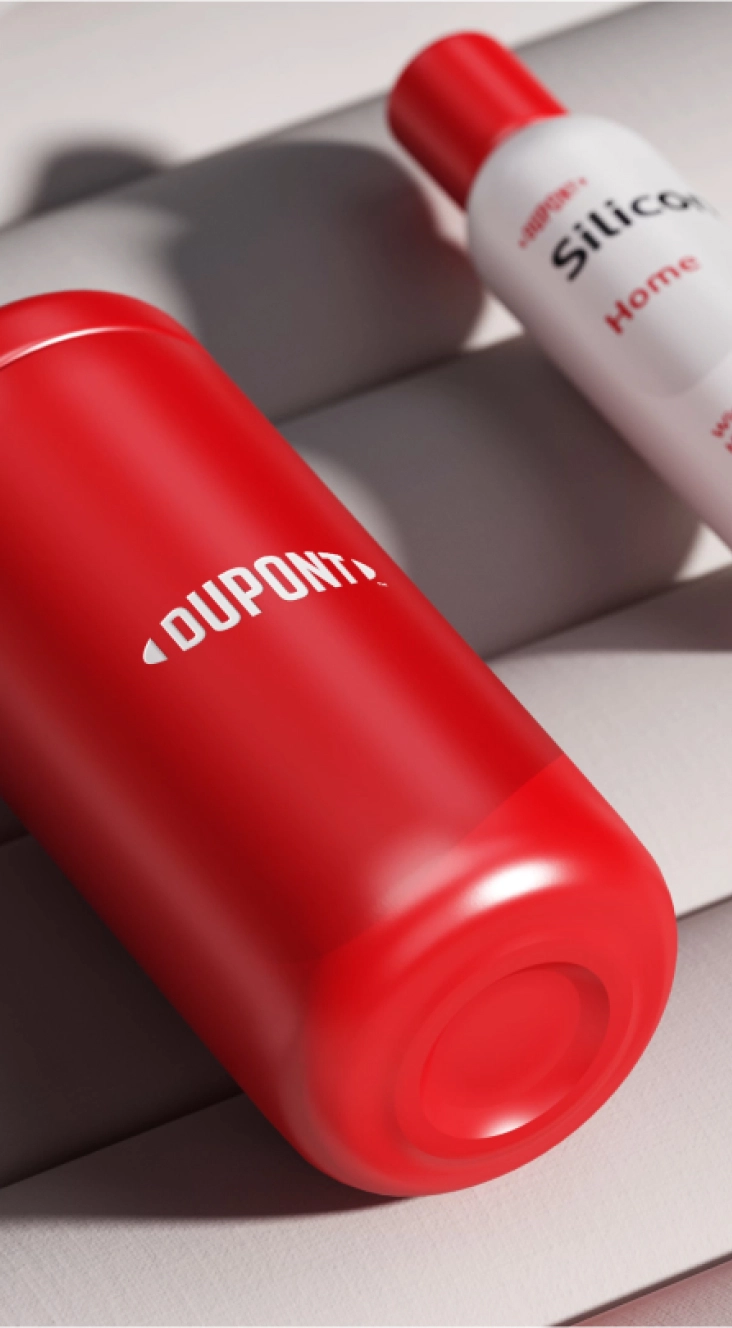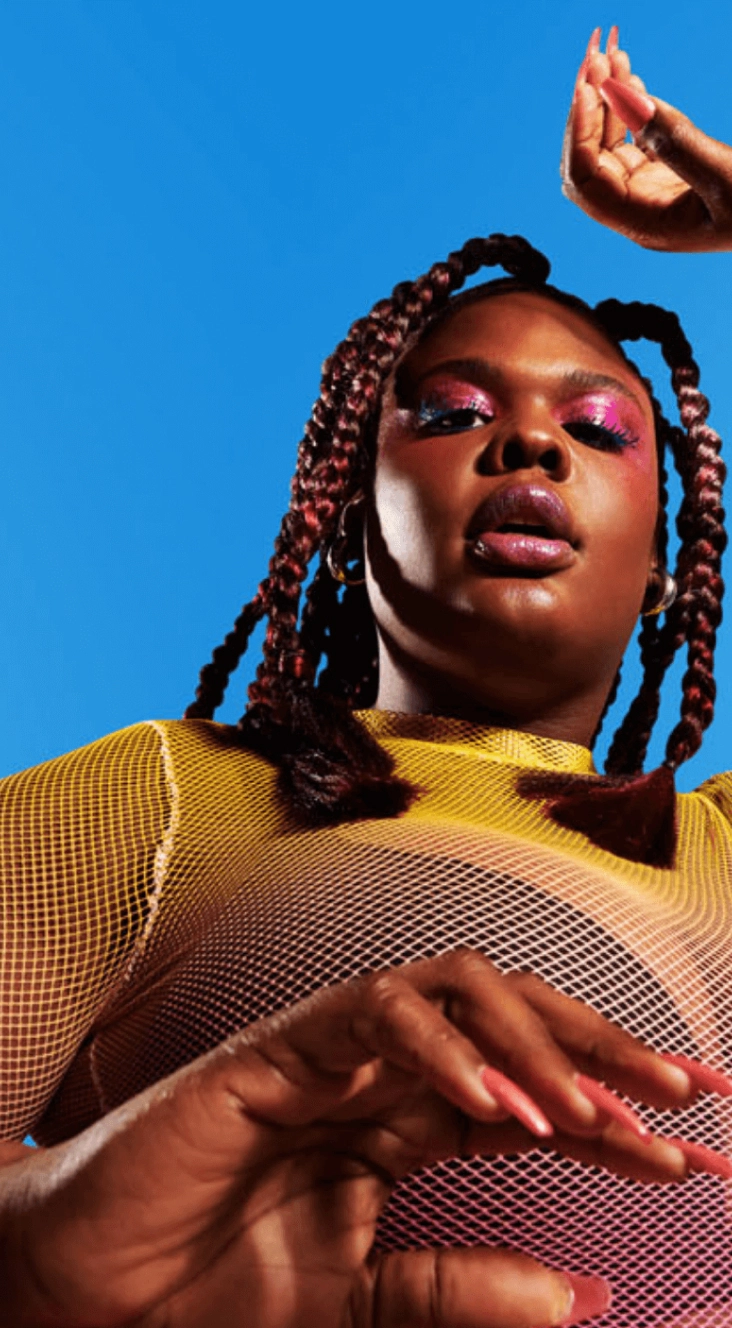March 15, 2024
The future of sonic branding: A conversation with Audio UX co-founder Eric Seay

Sonic toolkits go well beyond a logo.
And as brands continue the transition from badging their products to driving deeper customer conversations across a range of rich motion channels, the brand toolkit has similarly evolved from marks and color to a richer emotional palette of elements including sound and motion.
This new toolkit needs to allow for comprehensive experiential language that encompasses visual, verbal, and emotive cues.
The language not only includes pattern libraries—such as standard interactions, buttons and forms, and taps or swipes—but also includes mnemonic cues like motion, sounds, and light. It requires flexible and dynamic utility and range, engaging in a daily, if not minute by minute, conversation—especially across platforms that prioritize sound, from smart speakers to TikTok.
Audio has long had the power to conjure up emotions within us and has been a powerful tool for brands to build connection with consumers. And for good reason: according to research by Kantar, brands investing in sonic branding “achieve 76% higher brand power and 138% higher perceptions of advertising strength.”
“Brands investing in sonic branding achieve 76% higher brand power and 138% higher perceptions of advertising strength.”
While audio branding is not new, the more classic sonic logo is giving way to a broader landscape of sound that addresses the deeper emotional landscape of experiences we encounter with the brands we identify with.
Building a sonic toolkit can be quite daunting. While many of us have deep emotional connections to the music of our generation, few of us have the language or knowledge to envision and build a brand soundscape that addresses a complex range of needs including functional UX or irreverent TikTok memes.
We talked with Eric Seay, co-founder & CXO of Audio UX, to guide us through their approach to audio branding and considerations across the range of use cases, from mobile apps to smart speakers and new voice-oriented technologies.
One question that comes up a lot with clients is where and how to begin. As we broaden the aperture from sonic logo to UX and emotional content, do you typically start with identifying the logo or start broad with a musical manifesto?
To truly answer where to start, brands should ask themselves where they are heard. In other words, how do their users experience audio within the context of their brand? This fundamental question is the genesis of why we invented our proprietary terminology and namesake, Audio UX®. The traditional formula suggests that sonic branding is synonymous with a sonic logo, or that you have to start with a longform piece of music to extract a mnemonic. That inflexibility can be a non-starter for some brands.
Our approach to sonic branding blends best practices in sound design and design thinking together for a more strategic foundation. We can begin with any asset by zooming in on an atomic level and first developing the core audio branding components—from key signatures to custom instrumentation and motifs and how they relate to brand attributes. With our componential foundation of unique instrumentation, custom sample libraries, attribute-focused aesthetics, and meaningful melodic phrases, we can prioritize UX sounds for code freezes, or automotive sounds for homologation, for example, and then that work can inform a mnemonic and music for marketing (versus the other way around). It’s important to remember that each brand is unique, and there is no one-size-fits-all approach to audio.
Most of us, when we think of sonic logos or brand music, default to instrumentation and lyrics. Listening to the work you developed for Rivian, can you talk us though some of the inspiration and instrumentation choices. What’s the role of environmental sounds or human noise vs. classic and contemporary instrumentation?
The sky is the limit for sounds that can be sampled and turned into innovative instrumentation. Whereas many automotive manufacturers historically relied on physical sounds or signal-generated chimes, we wanted to tell Rivian’s story with sound. Lock’s “chirp,” horns “honk,” engines “roar” — we already use language from the animal kingdom to describe the sound our vehicles make, so why not use them as our source of inspiration? The entire driver experience is an ecosystem of earcons, with different features using unique species for sonic symbolism.
For a new line of vehicles that no longer have combustion engines chugging along, the outside of the vehicle is just as, if not more, important than the inside. We wanted the newly regulated Acoustic Vehicle Alerting System (AVAS) to blend in with nature rather than disturb it. Instead of artificial engine sounds, we crafted a soundscape of elemental resources such as wind and water from iconic locations. The result is safe and sound for pedestrians and animals alike.
Myself and my kids have very different relationships to music. Part of this is generational and part of it is cultural; I grew up in Ireland with a very rich traditional music scene. How can brands navigate the differing cultural and time landscapes?
Authenticity is key. While hopping on today’s musical trends may seem exciting, they may quickly become tropes. Similarly, even a time-tested tune may not strike the right chord with a newer audience. Brands instead should lean into a sound that authentically reflects the same attributes that their visual identity is built upon. User testing that music with your core demographic can help make data-backed decisions according to your sonic branding goals and KPIs.
When we work with brands like USA TODAY and Goodman, we craft a main brand theme or musical manifesto as foundational storytelling. From there, we build a library of different variations and treatments that producers can use for different moods and themes from TV to TikTok. This form of audio brand safety can remove subjectivity from the production process and ensure that curated music works harmoniously with other audio assets like sonic logos and UX sounds.
Although music is a universal language, different cultures have different customs for creating music. Introducing brand theme variations for different audience segmentations can help create a global audio identity. Hiring authentic performers, composers, arrangers, or singers can ensure that your audio brand translates, regardless of where you are heard.
“Brands instead should lean into a sound that authentically reflects the same attributes that their visual identity is built upon.”
New technologies often create cultural friction through loss of jobs, or shifts in ways of thinking and working. Voice centered technologies can level the playing field for many with disabilities and create new opportunities for the way we interact with our smart appliances from fridges to cars. How will this change our thinking and use of audio branding?
Voice technology is an exciting field for many different reasons. When Alexa debuted, and smart speakers were still selling off the shelves, many brands reconsidered what role audio played in their organization. It meant that audio was no longer an add-on—but an entirely new channel. Rather than being an afterthought, sonic branding started to lead the conversations for many brand experiences on voice platforms ahead of visuals.
New technologies give other players a chance to catch up. Without much customization, brands, big or small, can end up sounding the same, especially using the default text-to-speech voices. We’ve worked with early adopters like Sleep Jar by Invoked Apps to create immersive voice experiences with custom content, UX sounds, and an invocation that doubles as a sonic logo. This puts their sonic identity ahead of even big brands with jingles on a nascent platform.
Since voice technology has become embedded in many products rather than solely relying on smart speakers, sonic branding is more conversational, and sounds have become an extension of conversation design. This adds a new accessible way for many users to interact with products.
AI is top of mind for many brands and creative agencies. Like its visual counterparts, we’ve seen AI being used to create albums in the style of a band. Thinking beyond the fandom of imitation, where are you using AI and what possibilities do you see for brands in the future?
While some may fear that artificial intelligence will take away from audio artistry, we believe that audio AI can augment the creative process of sonic branding. While we’re not quite at the point where generative music is fine-tuned enough to pass the audio equivalent of a Turing Test (at least not to our ears), production tools powered by machine learning are useful to our workflow.
Many music libraries now offer AI-powered similarity searches, which can be useful for audio mood boarding and music curation when developing an audio identity. This allows us to align on a sound strategy before composing anything. Once we begin our creative phase, we can generate predictive audio scores with Veritonic’s Machine Listening and Learning platform to benchmark our assets against the market continuously during iterations and revisions. Finally, working with AI mixing and mastering tools like LANDR to ensure consistency and quality during deployment. We’re excited for the next wave of AI audio tools, and how we can help develop them for the future of audio branding.






